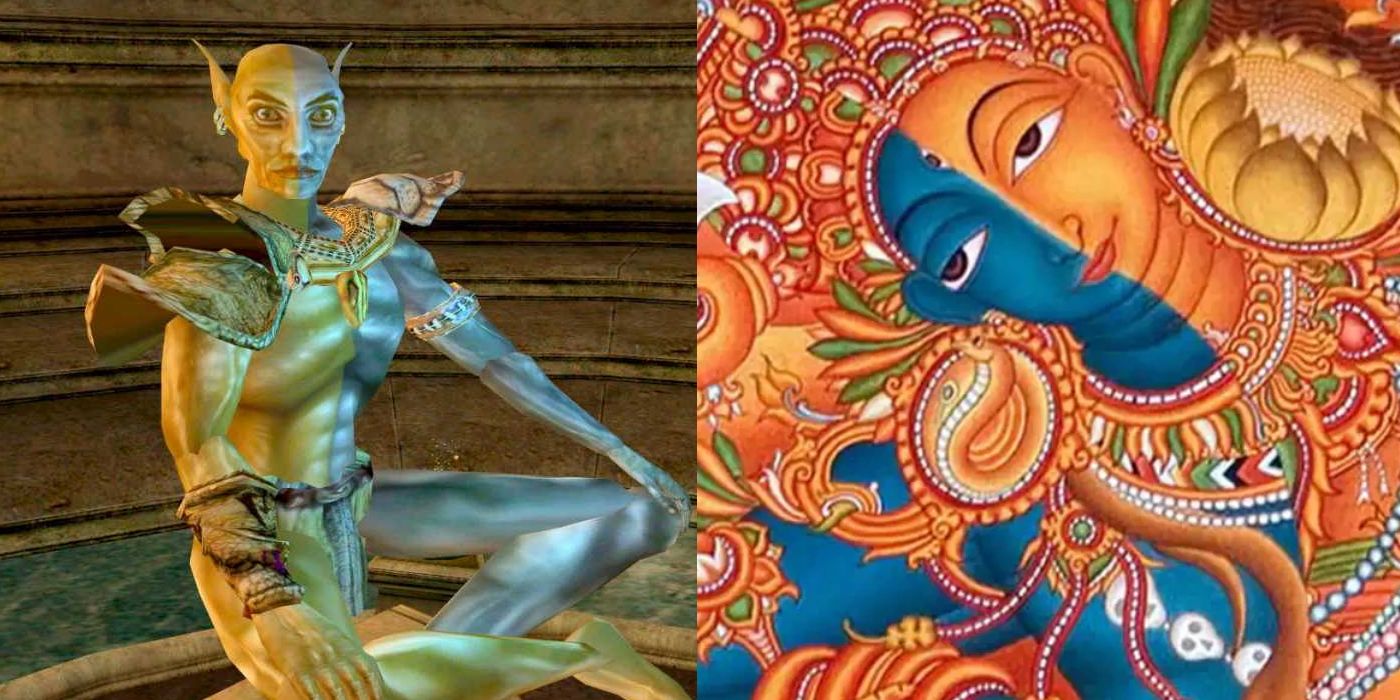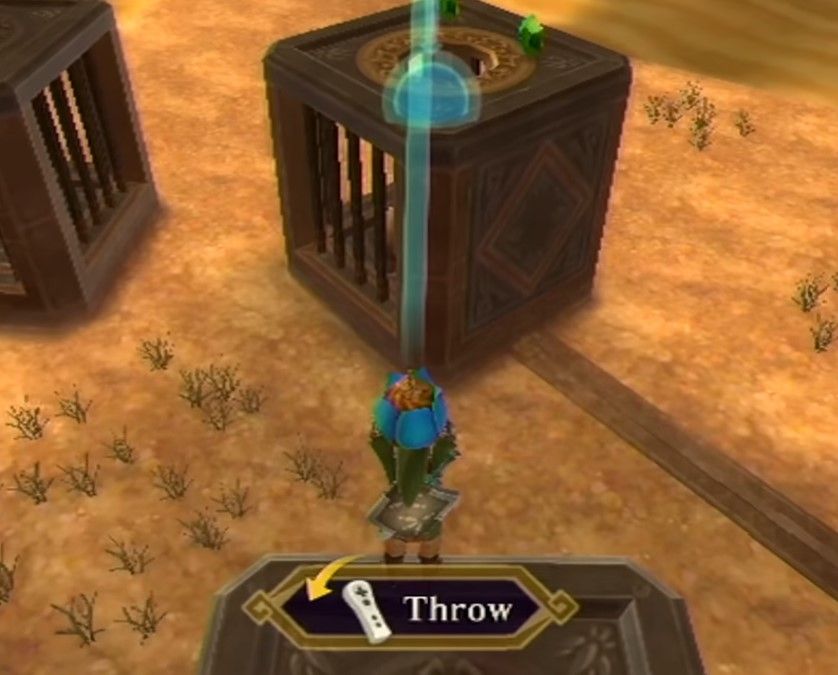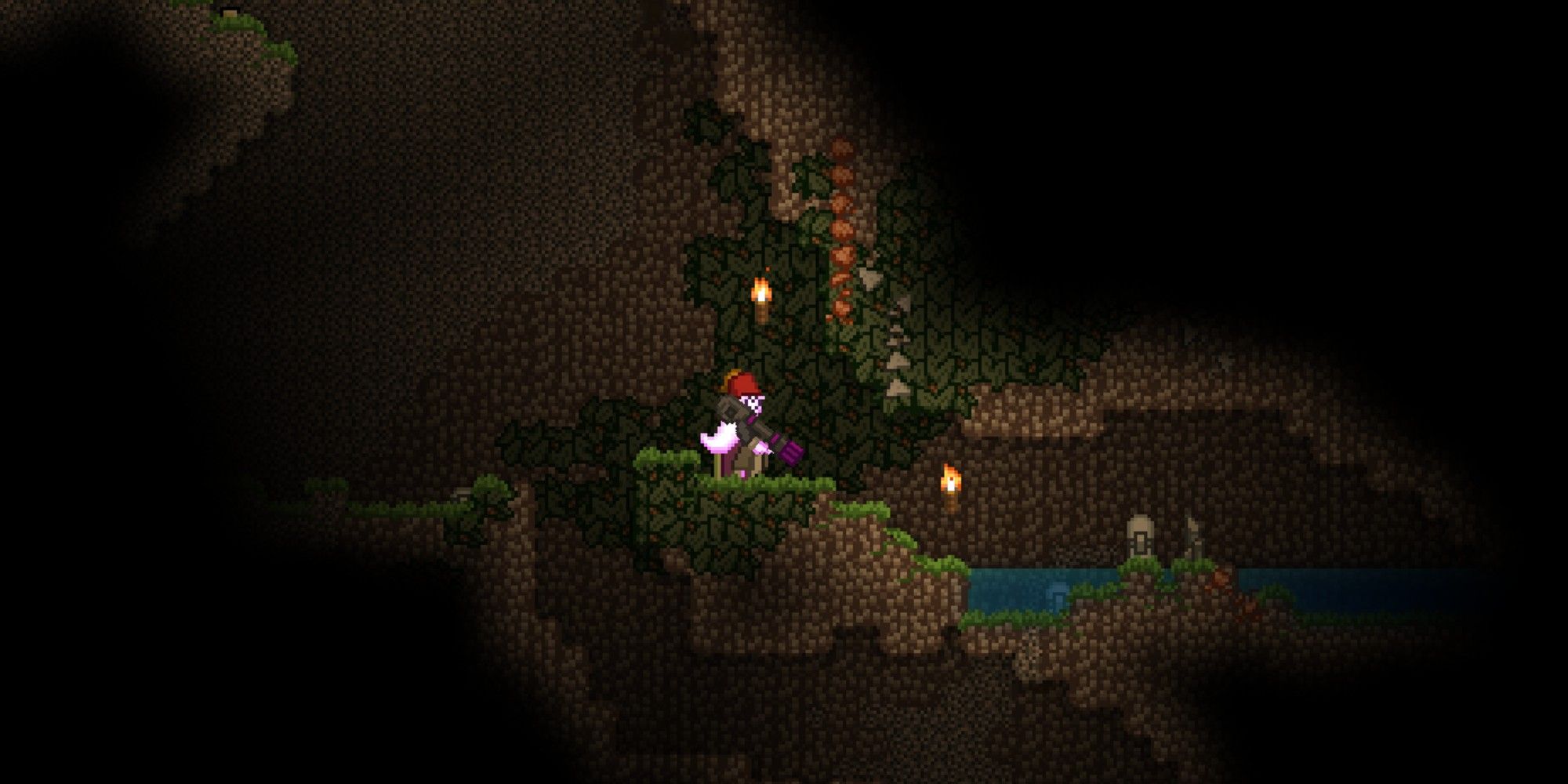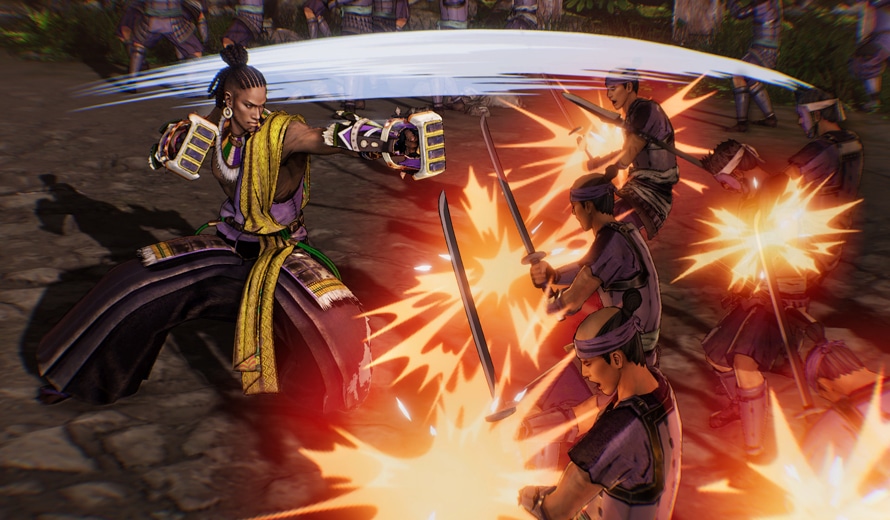
The Elder Scrolls 6 faces some massive expectations. The success of Skyrim leaves the game with a huge legacy to live up to. When it comes to the next game's mythology, however, Bethesda should look back to Morrowind.
Like all of The Elder Scrolls' religions, Morrowind's Tribunal and some of the associated concepts drew on real-world mythologies. Unlike Skyrim, however, Morrowind drew on myths that are far less frequently depicted in western pop culture, creating a far less generic world in a way that The Elder Scrolls 6 should try to emulate.
RELATED: Which Will Release First: Grand Theft Auto 6, or The Elder Scrolls 6?
Although Skyrim's Nords worship most of the same Divines found in Oblivion, the province's religion is clearly more influenced by Norse mythology than its counterpart in Cyrodiil. Sovngarde stands in for Asgard, the Hall of Valor is influenced by Valhalla, Shor the Hoar Father, even as a Nordic version of Lorkhan, is Odin the All-Father, and so on.
There aren't one-for-one parallels for each of the Norse gods in Skyrim, but the idea of a pantheon of gods that each has their own domain is instantly recognizable as the same general structure found in many European polytheistic traditions. The influences of European polytheism from the Greek gods to the Nine Realms of Norse mythology can be found all over pop culture from God of War to the MCU and the DCEU. Most Elder Scrolls fans could easily identify Thor, Zeus, and, although they come from outside of Europe, a handful of Egyptian gods.
The Divines of The Elder Scrolls are uniquely characterized, but the structure of Tamriel's most prolific religion is easily understandable to anyone with a passing familiarity with western pop culture and its frequent depictions of the Greek, Roman, and Norse pantheons. In contrast, Morrowind took the inspiration for its in-universe religion from traditions less frequently depicted in western pop culture, and its world was far richer for it. Some of Morrowind's most important mythology took inspiration from elements of Sanskrit poetry.

As with all of The Elder Scrolls' mythology, Morrowind's religion diverges significantly from its inspirations. However, the fact that its inspirations are far less frequently depicted in mainstream movies and games makes for a far less generic setting than the ones found in Oblivion and Skyrim.
At the time Morrowind takes place, the Dunmer of Morrowind worship the Tribunal, three Chimer who achieved god status after stealing the divine essence of the Heart of Lorkhan using the tools created by the Dwemer Kagnerac. The Tribunal is made up of Vivec, Sotha Sil, and Almalexia. Vivec's name was likely inspired by the Sanskrit and Pali concept of Viveka. Viveka is the ability to distinguish between the real, the permanent, and the unreal, or the mutable. Described in the 8th-century Sanskrit poem Vivekachudamni, the concept has some similarities to CHIM, one of the most hotly debated and fascinating elements of the Elder Scrolls lore.
CHIM is the idea that a being within the Elder Scrolls universe can realize that it is just a figment of an unconscious dreaming godhead while asserting its individuality regardless. In doing so, that being will gain god-like powers. It is said only Vivec and Tiber Septim have achieved this.
The idea of the universe taking place in the mind of a dreaming godhead doesn't just take influence from real-world mythologies. Descriptions of the godhead have similarities to Azathoth from the Lovecraft mythos, known as the Blind Idiot God. CHIM also has similarities to Moksha, a concept found in Hinduism and Jainism. Vivec's ability to change sexes and his physical design—half of his body blue and the other half gold—is very likely influenced by depictions of Ardhanarishvara, the Half-Female Lord, a combination of the Hindu god Shiva and Parvati, his consort. While the division of God into three pieces can also be found in the Christian Trinity, both the Tribunal and the previous Dunmer worship of Azura, Boethiah, and Mephala were likely influenced by the three aspects of Brahman – Shiva, Vishnu, and Brahma.
These comparisons are imperfect, just like comparisons between the Divines in Skyrim and Norse mythology. In both cases, however, some of the influences are clear. The difference, however, is that there are far fewer examples of American-made fantasy worlds influenced by beliefs from outside of Europe in mainstream western pop culture. Ultimately, this has the effect of making Morrowind's world far more interesting and engaging for players who are less immediately familiar with some of these influences. It's easier for players familiar with western pop culture to write off the Hall of Valor as a simple stand-in for Valhalla—even if there are differences in-universe—than it is for them to make similar one-to-one comparisons between Ardhanarishvara and a figure like Vivec.
RELATED: Elder Scrolls 6 May Have Difficulty Topping Skyrim's Constellations
The Elder Scrolls 6 has an opportunity to explore mythology that diverges just as much from standard western fantasy influences as Morrowind's. Starfield's trailer at E3 2021 contained a small marking which many fans noted resembled an outline of the coast of Hammerfell and High Rock. Hammerfell and High Rock were already believed by many to be the next game's setting, and that case has only gotten stronger.
Hammerfell has a unique pantheon that could help make the world of The Elder Scrolls 6 far less generic than Skyrim. The Redguards brought their gods with them from the lost continent of Yokuda. Their original pantheon includes characters like Ruptga, also known as Tall Papa. In The Elder Scrolls lore, Tall Papa was the first of the Redguard gods to figure out how to live more than one lifetime by avoiding the hunger of Satakal, the Yokudan god of everything, also known as the Worldskin. This method was called the Walkabout and is one of the elements of the Yokudan mythology which is difficult to compare to the European myths that dominate western pop culture.
The Redguards are religiously divided. The Crowns try to preserve the Yokudan gods to a greater extent than the Forebears, who blended their beliefs more with the Empire's Divines. In any case, The Elder Scrolls 6 has the opportunity to explore mythology that could be far less recognizable than those inspired by the European polytheistic traditions which dominate mainstream pop culture in video games, superhero movies, and more. The Elder Scrolls lore takes influence from a wide variety of cultures, and if The Elder Scrolls 6 is going to eclipse Skyrim's immense success, the next game will need to spotlight some of the lesser-known influences that will make its world feel worth exploring again.
The Elder Scrolls 6 is in development.
MORE: The Elder Scrolls 6: Why High Rock and Hammerfell Make the Perfect Setting



